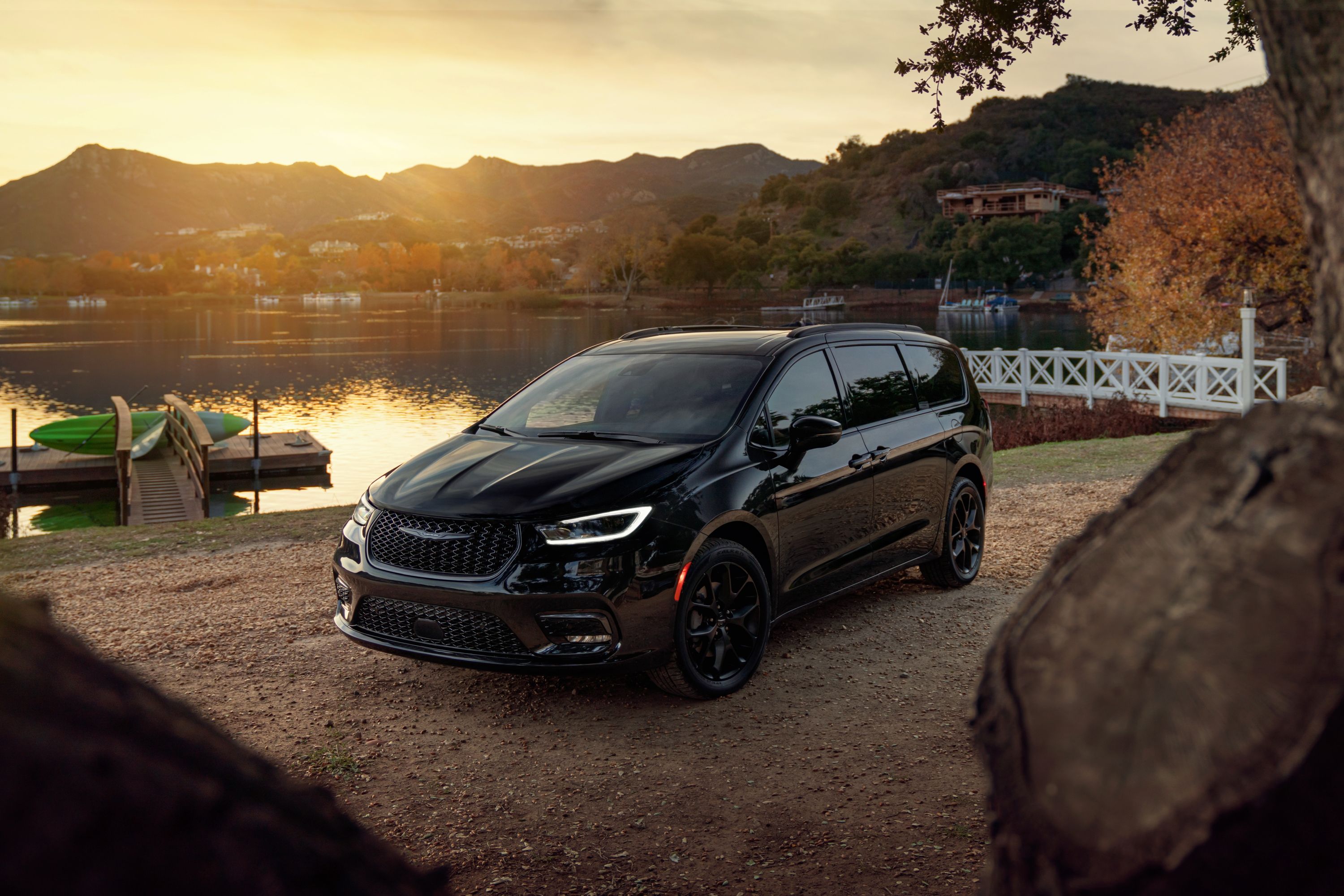
Aside from all-electric vehicles, the race towards fully self-driving vehicles is the industry's other big race. Currently, production vehicles with some degree of autonomy are rated at Level 2, including Tesla's Autopilot; Level 5 is fully autonomous without any need for a human driver. As Tesla continues its full self-driving rollout, Waymo is also making significant progress. However, it's taking a far more cautious approach than its main rival.
Earlier this month, Waymo announced it'll no longer use the term "self-driving cars" in favor of "more deliberate language" in its marketing and promotional campaigns. Many viewed this as a taking a swipe at Tesla, which has faced scrutiny over whether the name "Autopilot" is misleading following several accidents.
And now Waymo CEO John Krafcik is claiming Tesla is "no competitor at all" with autonomous vehicles in an interview with Germany's Manager Magazin. "We manufacture a completely different autonomous driving system," Krafcik said. "Tesla is an automaker that is developing a really good driver assistance system."
Waymo does not build its own vehicles but rather adds its software and hardware to a fleet of Chrysler Pacificas. In parts of the US, such as Phoenix, Arizona, it's not uncommon to see a Waymo-modified Pacifica on city streets picking up passengers.
Tesla CEO Elon Musk, however, wants to improve Autopilot until it can function without human intervention. Krafcik doesn't think that this approach is realistic.
"It is a misconception that you can just keep developing a driver assistance system until one day you can magically leap to a fully autonomous driving system," he said. "In terms of robustness and accuracy, for example, our sensors are orders of magnitude better than what we see on the road from other manufacturers."
Waymo has completed most technical work on its self-driving software and is now focusing on how to scale that tech. Perhaps the biggest difference between Waymo and Tesla's approach to full self-driving is that the latter does not use Lidar sensors. Krafcik is adamant these sensors are a must, but Tesla says this approach is too costly. Instead, it wants AI to train computers how to "see" the world. Think of this as reverse engineering human vision. We'll know soon enough which company is right.
